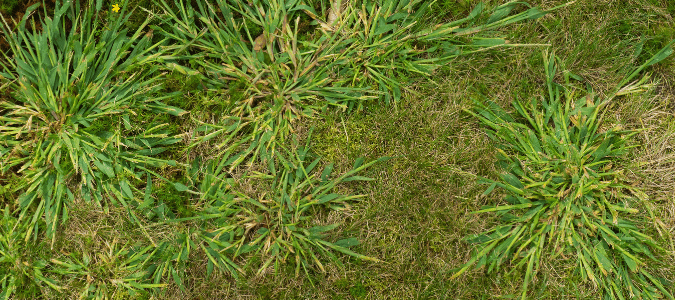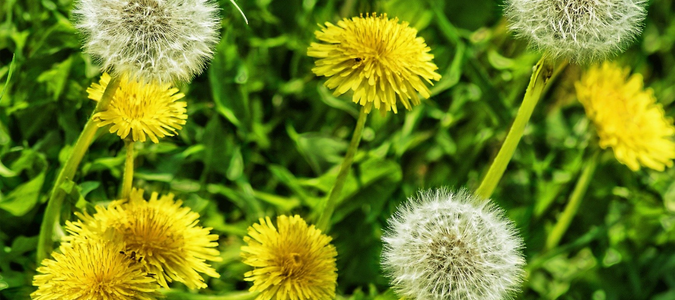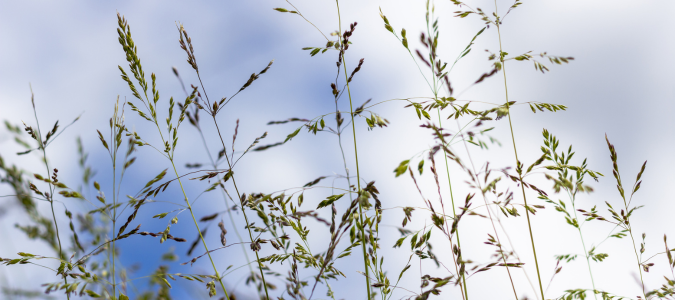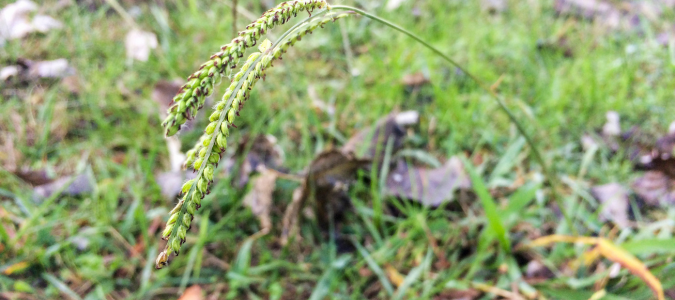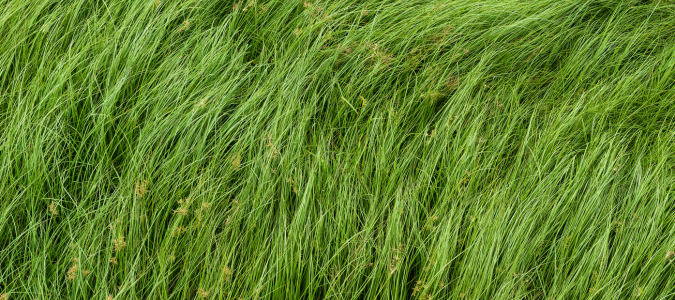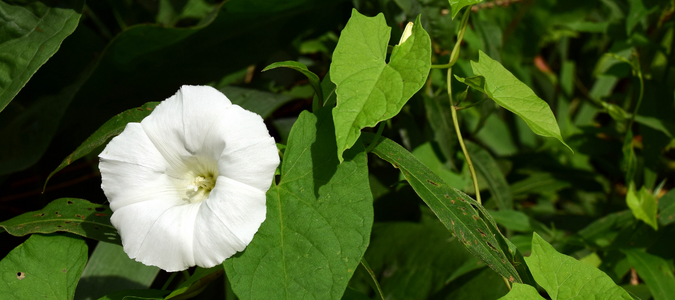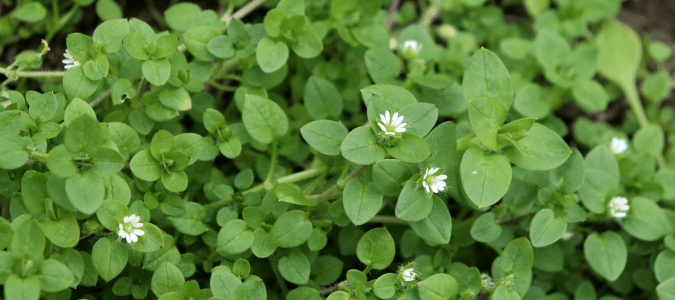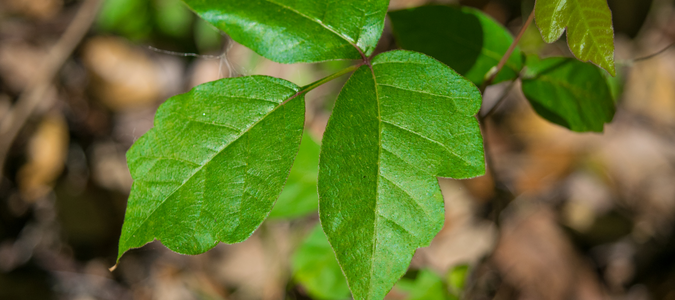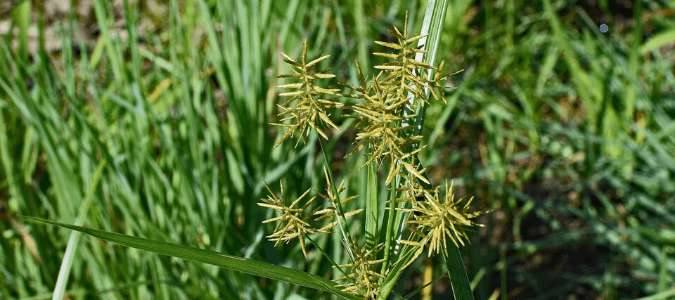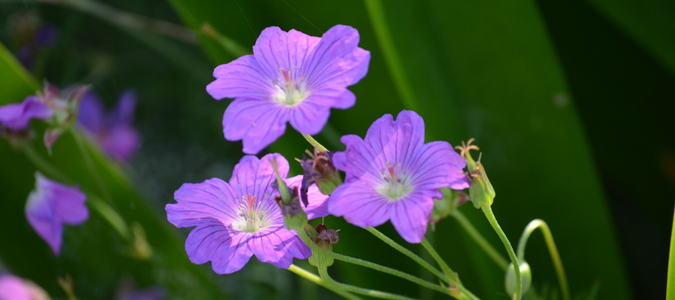Are unruly weeds taking over your lawn and damaging your grass? They can also cause problems for your plants and become a major annoyance for gardeners.
There are thousands of species of weeds, but some are more common and invasive. Some weeds are simply eyesores, while others, such as poison ivy, can cause harm. The best way to keep them under control is to educate yourself on the most common types of weeds in grass.
Composting your weeds is a great way to get rid of them. Weeds can add valuable nutrients to your compost that will benefit your garden. However, spreading their seeds through your compost is possible, so you must ensure you completely kill off the weeds in the composting process.
Finally, there are types of purple weeds that are deceiving. They may look like beautiful blooms but can become difficult to control. The best way to get rid of weeds for good is to contact a lawn care specialist to treat your grass.
Types of Weeds in Grass and How to Get Rid of Them
Don’t let weeds take over your lawn and garden. The first step is to identify which type of weed is growing in your yard so that you can get rid of them the right way. When eliminated correctly, you can prevent weeds from becoming unmanageable. If you are having trouble controlling the weeds in your yard, call a lawn care specialist to help.
Dandelion Flower Weeds
Dandelion flowers are a whimsical part of childhood, but they can also become unruly weeds because they spread quickly. They often grow in the shade and love garden beds. Mulching your beds can prevent them from taking over your garden. If you already have dandelion weeds in your grass, you can pull them by hand or treat your lawn with a herbicide.
Crabgrass
Crabgrass is an invasive annual weed because it can thrive in all kinds of habitats. Whether it grows in the grass, soil or through cracks in the sidewalk, this weed is resilient. It grows low to the ground and sprawls outward. The bright green shade makes it easy to blend in with your grass, but the texture of crabgrass is much coarser.
Pre-emergent herbicides prevent crabgrass seeds from growing if used in the spring. However, if crabgrass has already taken over your lawn, you can try pulling them by hand or use a post-emergence herbicide.
Selective post-emergence herbicides target specific types of plants and are safe to use on crabgrass that other plants surround. Non-selective herbicides kill all plants. These are best used on crabgrass growing in sidewalk cracks and other areas that aren’t near the plants you want to keep.
Annual Bluegrass
Sometimes referred to by its scientific name, Poa annua, this weed grows upright in dense clumps or bunches. This weed is highly adaptable to different environments and resistant to herbicides, making it a stubborn weed for many homeowners to control.
Annual bluegrass tends to appear in early winter and grows through late spring. Pre and post-emergent weed control can help prevent annual bluegrass from growing.
Dallisgrass
Dallisgrass is easily recognized by its coarse leaves and tall seed stalks. These stalks can grow several feet tall that tower over the surrounding turf. Unfortunately, the only chemical treatment for dallisgrass is suppression only.
This weed’s ability to reproduce quickly means it is notoriously difficult for homeowners to control. Additionally, dallisgrass typically lives for two or more years. The best treatment for dallisgrass is applying post-emergent weed control in the late fall while it is growing. Then, having a routine weed control program for the rest of the year is important to keep it under control.
Nutsedge
Nutsedge, also known as nutgrass, is a common and persistent weed that troubles many homeowners. You can identify it by its triangular-shaped stem and grass-like leaves. However, because it resembles grass, it can be difficult for homeowners to identify it. It prefers wet and compacted soil.
Applying a post-emergent weed killer can help treat it, but because it spreads rapidly, you’ll have to carefully apply the treatment. That’s why the best way to control nutsedge is by contacting lawn care professionals.
Bindweed
Bindweed is especially frustrating for gardeners because it wraps around and chokes other plants. It is a thin climbing vine that grows arrowhead-shaped leaves and produces white or pink flowers. The flowers resemble morning glory flowers, which is why bindweed is often referred to as wild morning glory.
Since bindweed can damage your garden plants, keeping them under control is important. However, bindweed has a hearty root system that is hard to kill, and it will take a couple of attempts before you get rid of them completely.
You can use a non-selective herbicide to treat bindweed, but you must choose one that kills roots and above-ground growth. If the bindweed grows around other plants you want to save, prune the weed with scissors at the ground level. Doing this multiple times will eventually cause the weed to die off.
Chickweed
This weed is bright green, with oval-shaped leaves that have a pointed tip. Chickweed produces small, white flowers that are star-shaped. Although chickweed has pretty flowers, this weed can be a nuisance for many homeowners.
Since chickweed grows quickly in areas that are over-irrigated or have poor drainage, a good irrigation schedule is paramount to controlling them. Chickweed can also be reduced by improving turf density through fertilization and regular mowing.
Poison Ivy
Everyone knows that poison ivy can make you break out in an itchy rash, but not everyone knows how to identify it before they accidentally come into contact with it. There are several types of poison ivy and it can grow as a shrub, ground cover or vine, and it can grow up to 15 feet tall and wide.
You can identify poison ivy by its bright green leaves split into three leaflets. You may also see small green berries growing in clusters.
Mulching your garden can help prevent poison ivy from growing. If it’s already in your yard, you can use an herbicide or pull it yourself, but make sure it does not make contact with your skin. Wear thick garden gloves to pull it up from the root and immediately transfer it to a plastic trash bag. You can also wrap a plastic bag around your hand and pull it over the weed as soon as you pull it.
The best way to deal with weeds, is to call a professional lawn care specialist to treat your yard.
Can You Compost Weeds?
Knowing how to make compost with your weeds is a great way to get rid of them sustainably, which will benefit your garden. However, you need to be aware of potential complications. If you don’t correctly kill the weed seeds, they can survive in your compost. That means that when you use your homemade compost to feed your garden, you’re also planting seeds that will quickly germinate and turn into new unwanted weeds.
To prevent this, ensure your compost heap gets hot enough to kill off the weeds and their seeds. Frequently turning your compost pile will ensure that all organic matter gets hot enough to break down fully.
Your hot compost heap needs to maintain a temperature of 145 degrees Fahrenheit to kill off seeds. Using a compost thermometer is a helpful way to check the heat level.
The next trick to successfully killing off weeds and their seeds is to give the compost heap plenty of time to break down. Do not add more organic material to the pile until the current material is fully broken down. Instead, start a new compost pile in a separate spot.
Another composting method is “cool composting,” where you keep adding new material to the top of your compost pile instead of turning it. While this method is less labor-intensive, it does not kill off seeds. If you use this method and want to compost your weeds, you must “prebake” them before adding them to your compost.
Prebaking your weeds uses heat to kill off roots and seeds. You can prebake plants in several ways, such as leaving them out in a black trash bag in the sun for a few days. You can also leave them on a metal rack until they dry out. For a faster method, you can even microwave them.
Weeds can add beneficial nutrients to your compost that will nurture your plants. Another way to repurpose weeds is to create a liquid fertilizer. Soak the weeds in water for four weeks and then strain and dilute the water. This creates a nutrient-dense liquid fertilizer without the risk of spreading seeds.
Types of Purple Weeds in Grass
There are several types of purple weeds in grass that become a nuisance for homeowners and gardeners, including:
- Purple Deadnettle
- Wild Violet
- Musk Thistle
- Black Nightshade
- Henbit
- Canada Thistle
- Dove’s-Foot Crane’s-Bill
Some purple weeds can look pretty, but they can become difficult to control and cause problems for your other plants. Taking care of your lawn is one way to prevent them from getting unruly. Mulching your garden beds is another proven prevention method.
If purple weeds have already taken over your lawn, pull them by hand at the root. You can also try using an herbicide. Calling a lawn care specialist is the best way to get rid of weeds and protect your grass. Their expert judgment will tell you how to keep your lawn beautiful and weed-free.
Get Rid of Weeds For Good
Weeds are resilient plants that seem to keep coming back. With the right methods, you can eliminate them. Whether you pull them out by hand or use an herbicide, it’s important to stay on top of weed management.
The most efficient way to get rid of weeds for good is to call in an expert. A professional lawn care specialist will know how to treat the common weeds in grass while keeping your yard healthy.
ABC Can Keep Your Lawn Beautiful Year-Round
Ultimately, every weed has a survival strategy. Keeping your landscape looking great and weed-free takes year-round work. Thankfully, ABC Home & Commercial Services lawn service pros have been helping homeowners keep their lawns lush, green and weed-free for decades. They can even advise you on how to get rid of weeds without killing your grass.
